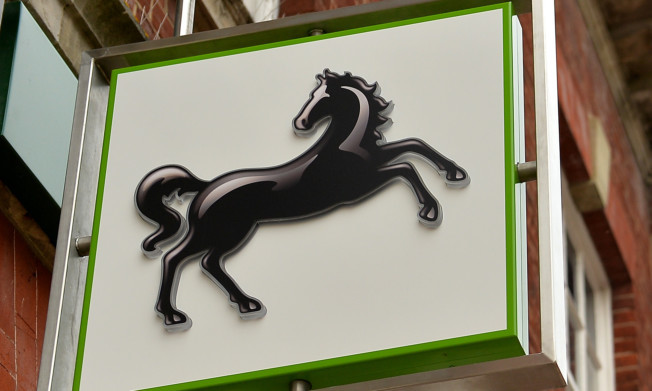Taxpayers took a loss of at least £230 million from the return of a 6% chunk of Lloyds Banking Group to the private sector, according to a National Audit Office (NAO) report.
The figure, which takes into account the cost of borrowing money to fund the £20 billion bank bail-out in 2009, appears to undermine a claim at the time by Chancellor George Osborne that the share sale in September represented “a profit for taxpayers”.
It would suggest that the overall loss on the £20bn bailout for the bank could be nearly £1.5bn if the rest of the taxpayer stake is sold off at a similar price though the NAO report itself did not make such a calculation.
Mr Osborne trumpeted in the autumn that the £6.2bn Lloyds share sale had resulted in the national debt being reduced by more than half a billion pounds, a claim that was later backed in data from the Office for National Statistics.
This £586m figure represented the difference between the value for accounting purposes of the shares on the Treasury’s books, at 61p, and the 75p sale price.
The Treasury acknowledged at the time of the sell-off that the cash profit was far less, at £61m.
Yesterday’s report by the spending watchdog does not dispute these calculations but does take into account the effective interest paid by the government to make the original investments in the bail-out.
It also recommends that the Treasury should consider these financing costs when analysing the value to the taxpayer of any future sale.
The report finds that the average rate paid for the shares by the Government of 73.6p was effectively reduced to 72.2p by the fact that it had been paid back some of the money by Lloyds in fees producing a cash profit of just under £120m.
But it says that if the cost of financing is taken into account, the sale resulted in a shortfall of £230m.
However the report, which is broadly positive about the handling of the sale, said: “This shortfall should be seen as part of the cost of securing the benefits of stability during the financial crisis, rather than any reflection on the sale process.”
The Government acquired a 39% chunk of Lloyds Banking Group in 2009, in the wake of the financial crisis after it swallowed up troubled Halifax Bank of Scotland.
It returned a 6% portion of the bank to the private sector with a share sale to institutional investors earlier this year.
UK Financial Investments, which manages the Government’s stakes in the bailed-out banks, ran the sale in a process which the NAO, in a report yesterday, said was “managed effectively and provided value for money”.
The report concludes that a “Tell Sid” style retail sale to individual investors, which was not chosen, would have required six months of preparation and an announcement of the sale date.
This would have limited the ability to go for a disposal of the shares at a time when market conditions offered the best value.
The eventual 3% discount on the price, which was just above 77p at the time of the close just before it took place, compared favourably to the average discount of 4% on the 10 last comparable sales since 2008.
The shares were subscribed 2.8 times over but pricing them higher would have required allocating more than 60% to shorter-term investors, risking the future performance of the stock.
Following the sale, the share price held steady.
